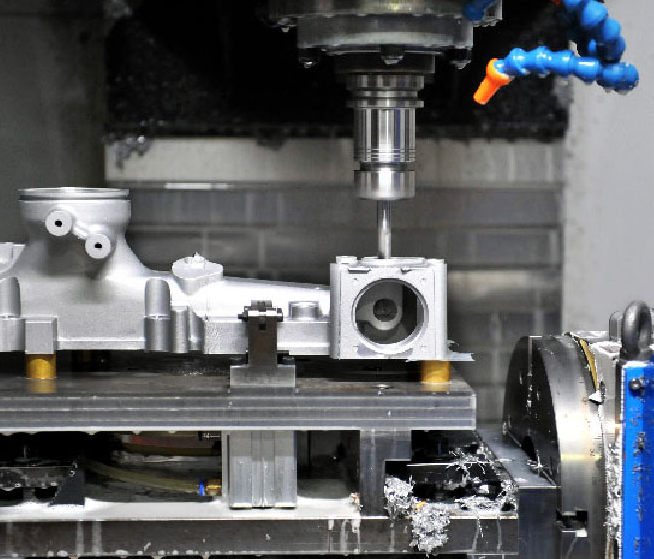Die casting is a manufacturing process used to shape metal alloys into a desired form. This process involves forcing molten metal under high pressure into a die, which is a mold or tool, to create complex shapes with a high degree of accuracy and consistency. The most common metals used in die casting are aluminum, zinc, and magnesium.
The die casting industry is an important sector in the manufacturing industry, providing essential components for various industries such as automotive, aerospace, electronics, and construction. According to a report by Grand View Research, the global die casting market size was valued at USD 32.16 billion in 2020 and is expected to grow at a compound annual growth rate (CAGR) of 6.2% from 2021 to 2028.
The die casting market is driven by the increasing demand for lightweight and fuel-efficient vehicles, the growth of the consumer electronics industry, and the rising popularity of renewable energy projects. The use of die-cast components in the automotive and aerospace industries has been increasing, as these components offer high strength, lightweight, and cost-effective solutions.
The Asia-Pacific region dominates the global die casting market, with China, India, and Japan being the top countries in terms of production and consumption of die-cast components. This is due to the increasing demand for die-cast products in the automotive and electronics industries, as well as the growing urbanization and industrialization in the region.
In terms of product type, the aluminum die casting segment is the largest market segment, accounting for over 60% of the global market share in 2020. This is due to the high demand for aluminum die-cast components in the automotive and aerospace industries, where the lightweight and high strength properties of aluminum are highly valued.
The zinc die casting segment is also expected to grow significantly in the coming years, owing to the increasing demand for zinc die-cast components in the electronics industry. Zinc offers excellent electrical conductivity and is a cost-effective alternative to other metals, making it a popular choice for electrical components such as connectors, housings, and switchgear.
The magnesium die casting segment is relatively smaller compared to aluminum and zinc, but it is expected to grow at a faster rate in the coming years. Magnesium offers exceptional strength-to-weight ratio, making it an ideal choice for lightweight components in the automotive and aerospace industries.
In terms of application, the automotive industry is the largest market segment, accounting for over 50% of the global die casting market share in 2020. The increasing demand for lightweight and fuel-efficient vehicles, coupled with the growth of electric vehicles, is driving the demand for die-cast components in the automotive industry.
The electronics industry is also a significant market segment, with the increasing demand for consumer electronics and the growing adoption of smart devices driving the demand for die-cast components such as housings, heat sinks, and connectors.
Despite the promising growth prospects, the die casting industry faces several challenges that could potentially hinder its growth in the future. One significant challenge is the increasing competition from alternative manufacturing processes such as additive manufacturing and CNC machining. These technologies offer more flexibility and design freedom, which is not possible with die casting. Furthermore, the high initial investment costs for die casting equipment and the tooling required for each component can be a barrier to entry for new players in the market.
Environmental concerns are another challenge facing the die casting industry. The industry is highly energy-intensive, and the production process generates a significant amount of waste and emissions. The environmental impact of die casting is a growing concern for both manufacturers and consumers, and there is a need for sustainable solutions that minimize the negative impacts on the environment. Some companies have started to develop alternatives such as die-casting with recycled material, energy-saving processes, and closed-loop systems that reduce waste.
The die casting industry is also impacted by global economic and political factors, such as trade policies, tariffs, and geopolitical tensions. The COVID-19 pandemic has also disrupted global supply chains and affected the demand for die-cast components in various industries. The pandemic has highlighted the vulnerability of the global economy and the need for resilience and adaptability to face future disruptions.
To overcome these challenges, the die casting industry is exploring new technologies and innovations, such as automation, artificial intelligence (AI), and digitalization. These technologies can improve efficiency, reduce costs, and enhance the quality of products. For instance, AI-powered systems can optimize the die-casting process by predicting defects and suggesting corrective actions, while automation can improve the speed and accuracy of production.


